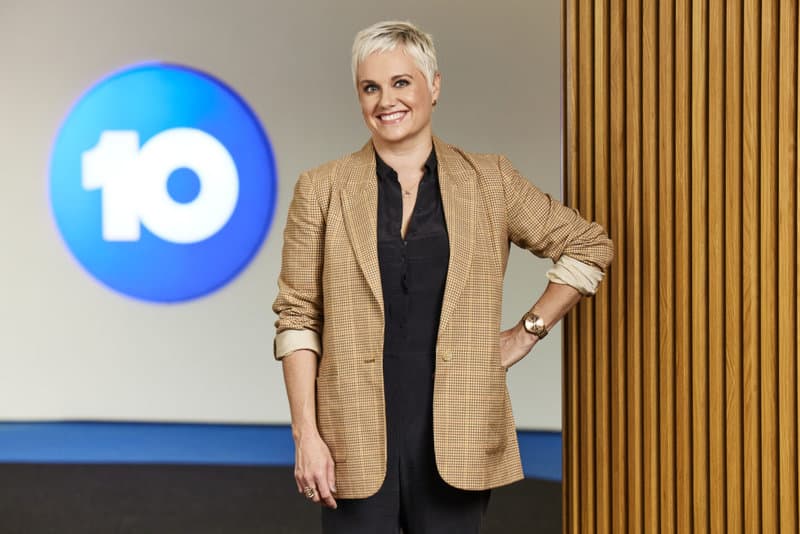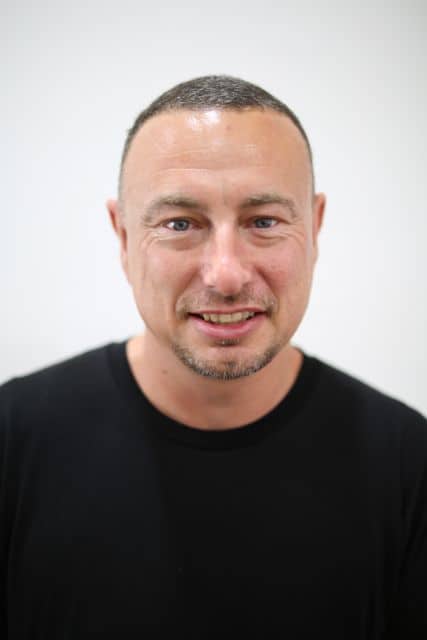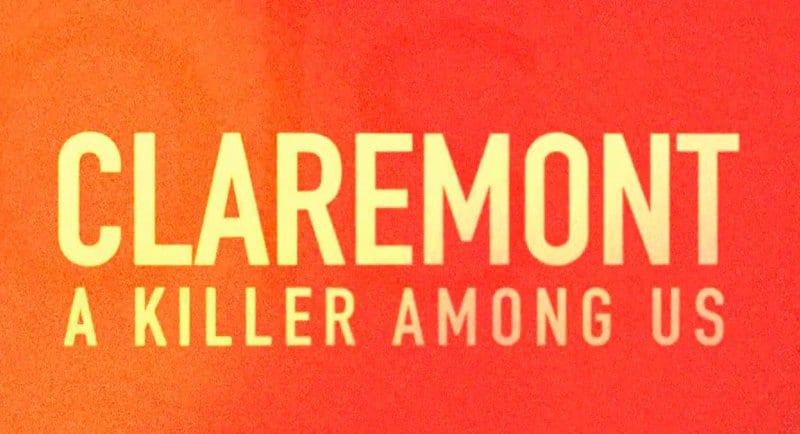When young women started going missing from the affluent Perth suburb of Claremont in the 1990s, it sent shockwaves throughout Australia.
Sarah Spiers, 19, Jane Rimmer, 23, and Ciara Glennon, 27, went missing within less than two years of each other, launching Australia’s longest-running, biggest and most expensive manhunt.
Spanning two decades, hundreds of potential suspects, and an investigation on up to 3,000 people, the ‘Claremont killer’ managed to hide in plain sight.
26 years after the first abduction, Paramount and Joined Up films have joined forces to bring two-part documentary, Claremont: A Killer Among Us, telling the inside story of the Claremont investigation right up to its dramatic conclusion.
Through exclusive interviews with surviving victims, former police detectives, journalists, criminologists and the officers who sensationally cracked the case, Claremont: A Killer Among Us will air over two harrowing 90-minute episodes.
Mediaweek spoke to Paramount’s head of popular factual, Sarah Thornton, and creative director from Joined Up Films, Dan Brown, ahead of its premiere on Wednesday, November 23 on 10 and 10Play.

Sarah Thornton
Accuracy and empathy
“I think that it’s a really beautiful, contemporary approach to a really complex subject matter that is also compelling and gripping and warm and empathetic and emotive,” Thornton said.
Development with 10 began in November 2020, with the production greenlit in October 2021. Over a year on, the two-part documentary is making its way to screens.
The doco details the events that unfolded from the first abduction in 1995 up until Bradley Edwards’ sentencing in 2020.
Brown said, “We took a long time because we wanted to ensure that we got everything right. So we wanted to make sure that tonally, we knew what we were doing, and we knew what we were making.
“It took a long time, a lot of crafting, we spent a lot of time refining it before it went to 10 internally to make sure we got everything right.”
Thornton admits that 10 was initially on the fence about the project. “Telling a story like this requires such a lightness of touch, such respect for both the victims, victims’ families, and the survivors,” she said.
The commission of the series coincided with Brittany Higgins coming forth about her alleged sexual assault.
“Around the time we were talking about the show, it was a very big moment for female survivors of violence in Australia, and there was a lot of conversation around really ensuring that survivors have a sense of autonomy of their story.
“So we wanted to make sure that there was a real contemporary approach to the way this story was told, that it was told with humanity, but also precision, which I think these guys have done, and I’m really pleased that they and we took the time to properly think about it,” Thornton added.
Navigating sensitivity
True-crime documentaries are often subject to criticism and backlash due to their ability to glorify the killer. The team behind Claremont: A Killer Among Us wanted to tackle the project with care and empathy, moving the focus away from the perpetrator and instead, humanising the victims.
“At one stage in the edit, we didn’t even have a single photo of him [Edwards] because the film isn’t about him.
“Like the Jeffrey Dahmer Netflix series, there’s a danger that they became sort of a central part of the story. And we were conscious that this was about all the people whose lives were affected, and not to give him any airtime. That was quite an important editorial decision.”

Dan Brown
When production began, the team first approached Wendy Davis and Liz Kirkby – two survivors of Edwards’ attacks.
“We had conversations with psychologists to make sure that they were ready to tell their stories. So they were the first people that we got on board, and that’s where we based the beginning of our story around,” Brown said.
When the team approached the police force involved, there was some initial pushback, but they agreed to partake.
“We wanted to tell their perspective as well because we knew how hard they worked to solve this case over 20 years. And we wanted to give them a chance to tell that side of the story,” Brown added.
“We reached out to the families because we thought that was the right thing to do. And let them know that we were making this film with no expectation that they would want to be part of it because they’ve made that clear in all media.
“But we wanted to make sure that we could make this film respectfully and be able to show them, or for it to go to air, and we could look them in the eye and say that we’ve done the best that we could to tell the story as sensitively and emotionally as we could.”
Keeping it simple
The documentary steers clear of re-enactments and sensationalism. Instead, it keeps it simple, using interviews and archival footage from the mounds of media coverage during the time.
“We weren’t going to do dramatic reconstruction, we just didn’t think that would help us in any way.
“We wanted to hear the human side of the story. We wanted to see the people and look in their eyes and have them tell us their story and just have it that simple. So that was a very conscious decision,” Brown said.

Paul Ferguson – Detective in charge of the Macro Taskforce from 1996 – 1997,
A big part of the series demonstrates how times have changed since the 90s – regarding societal expectations, technology, and the treatment of women.
“The archive was just amazing. It just showed you how long ago 1996 was and how things have changed, how solving crimes has changed, how mobile phones have changed things, how CCTV has changed things, and how the internet has changed things. And so it really felt like a historical look at society, and also just how crimes against women were treated at the time,” Brown said.
Thornton said it was important for the project to contribute to a wider conversation.
“Part of any crime commission here at 10 is that has to have some sort of societal touch point. And it needs to feel that there’s a wider conversation to be had from it.
“I think what we don’t want to do is get in the habit of just retelling stories because it’s salacious or fascinating.
“We want to tell the story through the lens of society to understand that this is a period in history where things are trending in a particular way and raise the conversation about “well, how do we treat things now? Could we do better? What are the things that we learn together?”
Credits: Executive producers: Jacqueline Willinge and Steve Bibb, director: Anthony Barwell, series producer: Lisa Dupenois, editor: Chris Trappe network executive producer: Ciaran Flannery, head of popular factual, Paramount ANZ: Sarah Thornton, Dan Brown: creative director Joined Up Films, producers of the documentary
Claremont: A Killer Among Us is produced by Joined Up Films in association with Barking Mad Productions for Network 10, with funding from Screenwest.
Claremont: A Killer Among Us begins 7.30pm Wednesday, 23 November on 10 and 10 Play on demand and continues Thursday, November 24.
